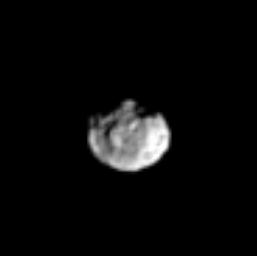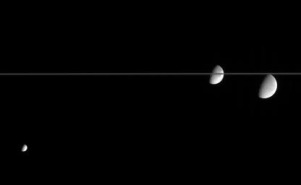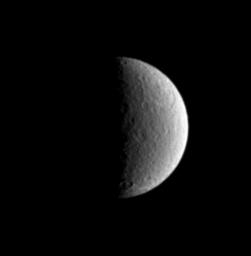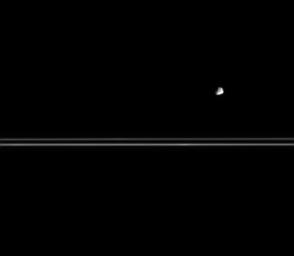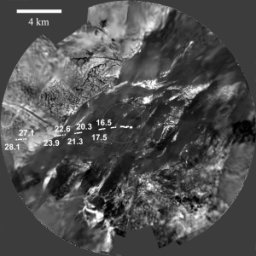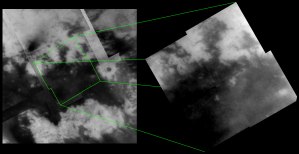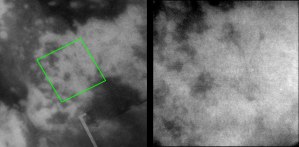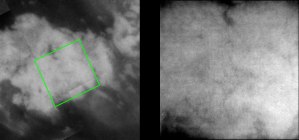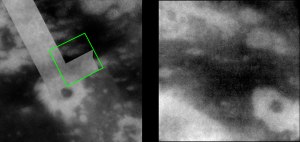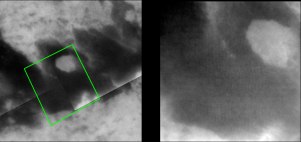While we are entering a lull in satellite encounters for Cassini with the beginning of the ring occultation sequence of the Cassini Tour, this doesn't mean that there is nothing fun to do. On this orbit, Cassini will come within 50,000 km of Tethys. Tethys was seen on orbits 0A, which provided an
excellent view of the freak crater Penelope, and on orbit 4, which provided great views of a
region southeast of Odysseus basin and of the
central portion of Ithaca Chasma.
On this orbit, the view near close approach, as
simulated by JPL's Solar System Simulator, will show the south polar region of Tethys, a region very poorly seen by Voyager and Cassini. One interesting target in this region only seen as far as I know in Cassini images as I don't seen it in any Voyager maps, is the so-called "South Polar crater". This crater is not at the south polar but is in the far southern latitudes. This crater can be found in several released and raw images (
1,
2 (near the left limb), and
3). Also, the southern terminus of Ithaca Chasma could be in view, but I can't be certain.
Closest approach is at 3pm MST today. Given the inability of the JPL Raw images page to have ALL the images returned, I can't guarantee when or if you will see them, though I would suspect sometime tomorrow morning.
UPDATE: 05/02/2005 1:15 pm: Turns out the south polar crater has a name, Melanthius, a large crater at 62S, 210W. I didn't realize this since it never shows up on any Voyager era maps and the map with names I do have doesn't have Melanthius on it, even though this is an approved name. Another crater that should show up, at 60S, 270W is Antinous, again this crater doesn't show up on the maps I have. I want to thank Phil for the info on this. I am mildly disturbed that there are feature names mentioned in the atlas for these moons that aren't on the maps within said atlas ("The Compact Nasa Atlas of the Solar System").
